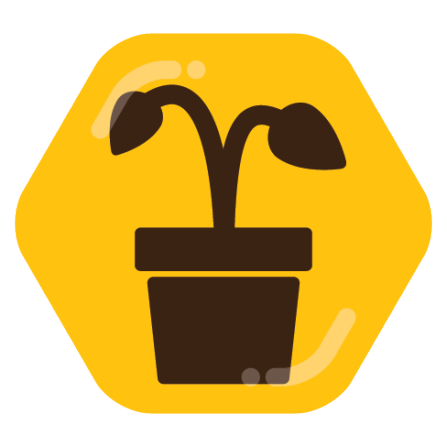This is one of my favourite overview videos of Vetiver Grass, Chrysopogon zizanioides; a sterile plant with a myriad of uses that grows in areas with humid/wet Summers (or a water phytoremediation plant in hot, dry areas). Mainly used as erosion control on heavily degraded lands in full sun as a pioneer to native revegetation.
This video used to be hosted on Vimeo but has been reuploaded to YouTube, hence the lack of views.
If you have any questions on how Vetiver works, ask away. Happy to answer all of them.



It grows where it grows. It’s not native to the tropics, it and its related species grow endemically in a couple of countries. One cultivar has spread from there as a “tool” for bioengineering purposes, water treatment etc., because of how unique it is.
It grows in Florida, Texas, California and others. It grows on tropical islands. It grows throughout the tropics and subtropics of Australia. It grows in New Zealand. Africa. Asia. I’m trying to find correspondence from a University Professor in the States that grew it for phytoremediation and then brought it all in before it froze, for some reason i think Minnesota but I can’t find any hits. It is in Spain, Italy, the warmer locales - https://vetiverspain.com/
That’s fine when you are bringing in plants of an unknown nature. There are figuratively massive bodies of work regarding Vetiver Grass, peer reviewed, that should allay your fears. 40 years of modern study, hedges that are 100 years old on an island as a real world example. How you feel about random plants and animals doesn’t relate to Vetiver. You have to believe in the science, not the vibe of it. I’d say Australia is far more delicate than Europe; we are leading the way in extinctions, land clearing, and have some of the strictest plant and animal quarantine controls in the world. Vetiver is openly grown here with no issues.
I’m writing this for other readers as well, you don’t really think of Vetiver as a plant in a garden. It’s a tool in your toolbox for specific reasons, like a drain or a swale or silt control or a septic tank or retaining walls. A garden should have native and noninvasive exotic food producing plants, Vetiver sits outside of gardening as a technique. If a native plant can do the job required, use it but don’t discount a sterile bioengineering tool when there is real work to be done that native/endemic plants can’t do well. It’s self-defeating.